Deep beneath the limestone hills of Somerset, England, lies one of the most mysterious archaeological discoveries of recent decades. Wookey Hole Cave, famous for its legendary witch and dramatic underground chambers, has revealed something far more ancient and puzzling than folklore ever suggested. Carved into the cave’s walls are hundreds of peculiar symbols – crosses, pentagrams, and strange geometric patterns that archaeologists have dubbed “witch marks” or “ritual protection marks.”
These enigmatic carvings, some potentially dating back over a thousand years, challenge our understanding of medieval beliefs and practices. What drove people to venture into the darkness of these caves, armed with nothing but crude tools and flickering torches, to carve these symbols into solid rock? The answer might reshape how we view England’s spiritual and cultural history.
The Cave That Hides Ancient Secrets
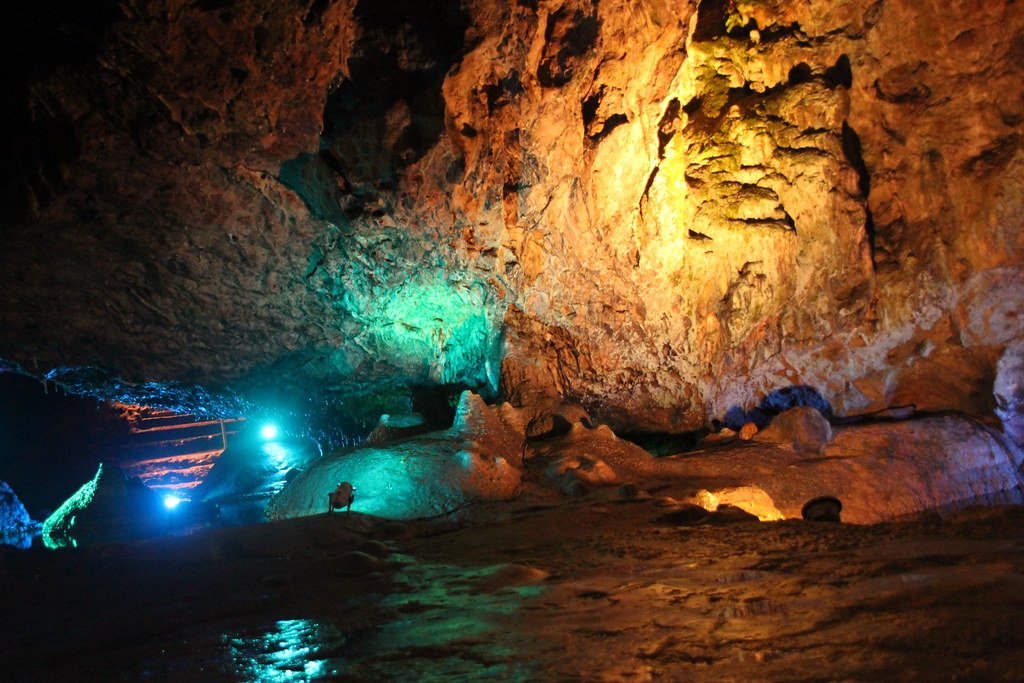
Wookey Hole Cave stretches for miles beneath the Mendip Hills, its limestone passages carved by underground rivers over millions of years. The cave system has been known to humans for centuries, with evidence of occupation dating back to the Iron Age. Local legend tells of a witch who lived in the cave’s depths, terrorizing nearby villages until she was turned to stone by a monk from Glastonbury Abbey.
What makes this cave truly remarkable isn’t just its folklore, but what archaeologists discovered when they began systematically documenting its walls. Hidden in shadowy alcoves and carved into seemingly inaccessible surfaces, hundreds of symbols tell a story of human interaction with this underground world that spans centuries. The cave’s consistent temperature and humidity have preserved these marks in remarkable condition, creating a unique window into medieval spiritual practices.
Decoding the Mysterious Symbols
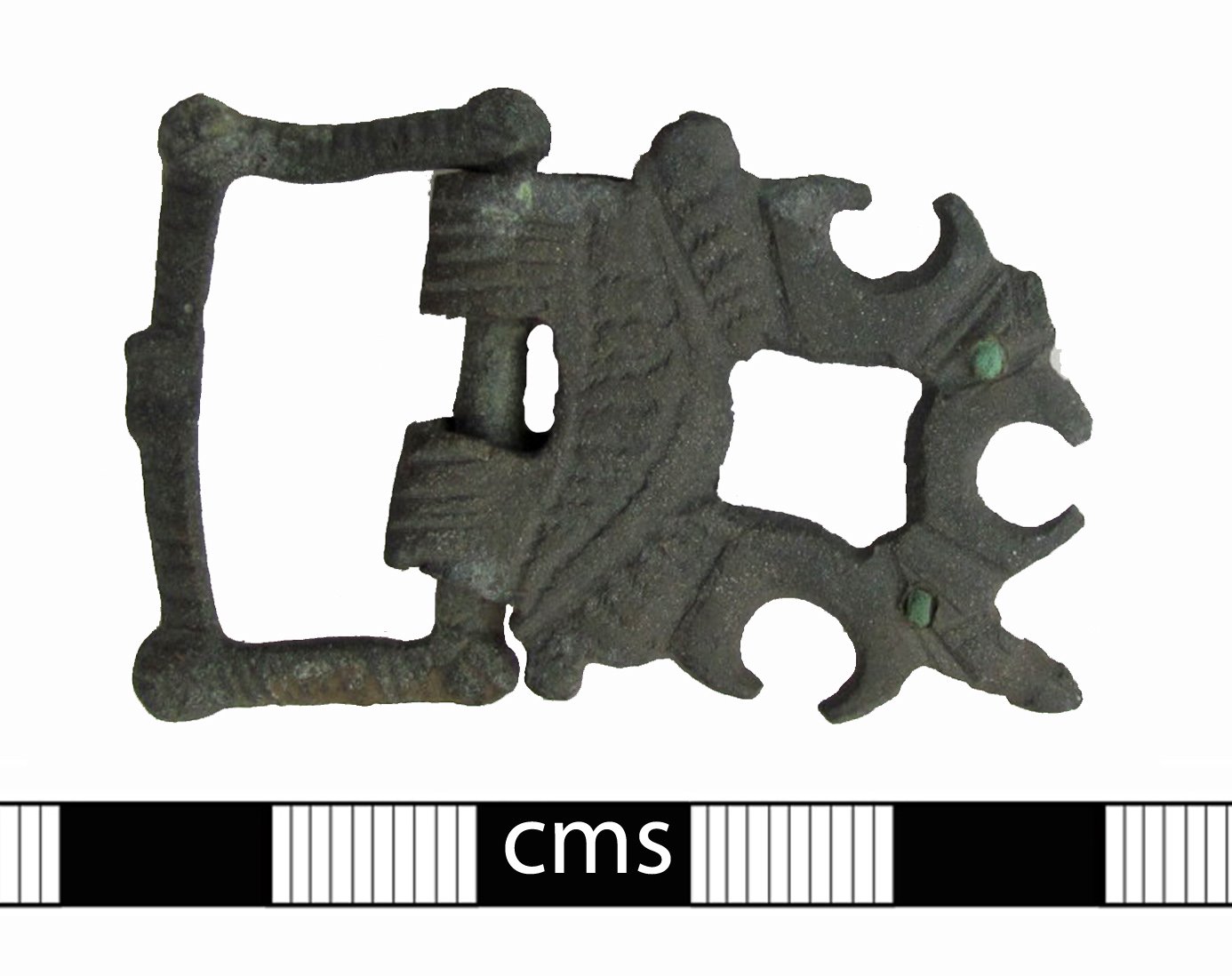
The symbols found in Wookey Hole Cave represent a fascinating catalog of medieval protective magic. Archaeologists have identified several distinct types of markings, each with its own apparent purpose and meaning. The most common are simple crosses, but these aren’t the standardized Christian crosses we might expect – they’re rough, hastily carved marks that seem to serve a more primal protective function.
Pentagrams appear frequently throughout the cave system, often positioned near entrances or in chambers where people might have sheltered. These five-pointed stars, far from being associated with witchcraft as modern popular culture suggests, were actually powerful Christian symbols in medieval times. The pentagram represented the five wounds of Christ and was considered one of the most potent protective symbols available to medieval people.
Perhaps most intriguing are the geometric patterns – circles, spirals, and complex interlocking designs that seem to follow no immediately recognizable symbolic tradition. Some researchers believe these might represent binding symbols, designed to trap evil spirits or prevent them from following visitors out of the cave.
Dating the Undateable: When Were These Marks Made?

Determining the age of cave carvings presents unique challenges for archaeologists. Unlike organic materials that can be carbon-dated, stone carvings require different approaches to establish their chronology. Researchers have used a combination of techniques, including analysis of tool marks, comparison with dated examples from other sites, and examination of the cave’s documented history.
The earliest marks at Wookey Hole appear to date from the medieval period, possibly as early as the 9th or 10th century. However, some symbols show evidence of being re-carved or refreshed over time, suggesting that the cave remained a site of spiritual significance for centuries. The latest carvings seem to date from the 17th or 18th century, indicating a tradition that persisted long after the medieval period ended.
What’s particularly fascinating is that different areas of the cave show different periods of activity, suggesting that the cave’s use for ritual purposes ebbed and flowed over time, possibly in response to changing religious practices or social conditions in the surrounding area.
The Medieval Mind and Underground Spaces

To understand why medieval people carved these symbols, we need to appreciate how they viewed underground spaces. Caves weren’t just geological features – they were liminal spaces, thresholds between the world of the living and the realm of spirits and demons. Medieval Christian theology taught that the earth itself was closer to hell, making caves particularly dangerous places where evil spirits might emerge.
Yet caves also served practical purposes that couldn’t be avoided. They provided shelter during storms, storage for goods, and sometimes refuge during times of conflict. This created a spiritual dilemma – how to use these necessary spaces while protecting oneself from their inherent dangers?
The answer was apotropaic magic – protective symbols designed to ward off evil influences. These weren’t necessarily non-Christian practices; many medieval Christians saw no contradiction between their faith and the use of protective symbols. The church itself endorsed certain protective practices, and many witch marks incorporate clearly Christian elements.
Ritual Protection Marks Across Medieval England

Wookey Hole Cave isn’t unique in containing these mysterious symbols. Similar markings have been discovered in churches, houses, and caves across medieval England and Europe. What makes Wookey Hole special is the concentration and variety of marks found in a single location, suggesting it was a particularly important site for ritual protection.
The practice of carving protective symbols was widespread in medieval society, cutting across social classes and geographic regions. Wealthy merchants carved them into their houses, farmers etched them into barn doors, and even clergy sometimes added them to church walls. This suggests that belief in the power of these symbols was nearly universal in medieval England.
Archaeological evidence from other sites helps us understand the broader context of Wookey Hole’s markings. The symbols follow patterns seen across England, but with local variations that suggest regional traditions and beliefs influenced how these protective practices were implemented.
The Witch Connection: Folklore Meets Reality

The legend of the Wookey Hole witch has been told for centuries, but the discovery of these ancient symbols adds new layers to the story. While the witch herself is almost certainly fictional, the cave’s association with supernatural forces clearly has deep historical roots. The concentration of protective symbols suggests that medieval people genuinely believed this cave harbored dangerous spiritual forces.
Interestingly, many of the symbols found in the cave are exactly the type that medieval people would have used to protect themselves from witches and evil spirits. This creates a fascinating paradox – the cave that legend says was home to a witch is covered in symbols designed to ward off witchcraft.
Some researchers speculate that the witch legend itself might have originated as a way to explain the cave’s reputation as a spiritually dangerous place. The presence of so many protective symbols certainly supports the idea that medieval people considered this cave particularly threatening.
Tools and Techniques: How the Marks Were Made

The physical process of creating these symbols required considerable effort and determination. Medieval people would have entered the cave with iron tools – probably knives, chisels, or even just sharp stones – and crude lighting such as torches or oil lamps. The limestone walls of Wookey Hole Cave are relatively soft, making carving possible, but the work would still have been laborious and time-consuming.
Analysis of the tool marks reveals interesting patterns in how different symbols were created. Some appear to have been carved quickly, perhaps in moments of fear or urgency, while others show evidence of careful planning and execution. The depth and quality of the carvings vary significantly, suggesting they were made by people with different skill levels and different amounts of time available.
The positioning of many symbols also tells a story. Many are located near natural features like cracks in the rock, underground streams, or areas where the cave narrows dramatically. This suggests that the symbol-makers were responding to specific features of the cave that they perceived as spiritually significant or dangerous.
Archaeological Methods in Cave Environments
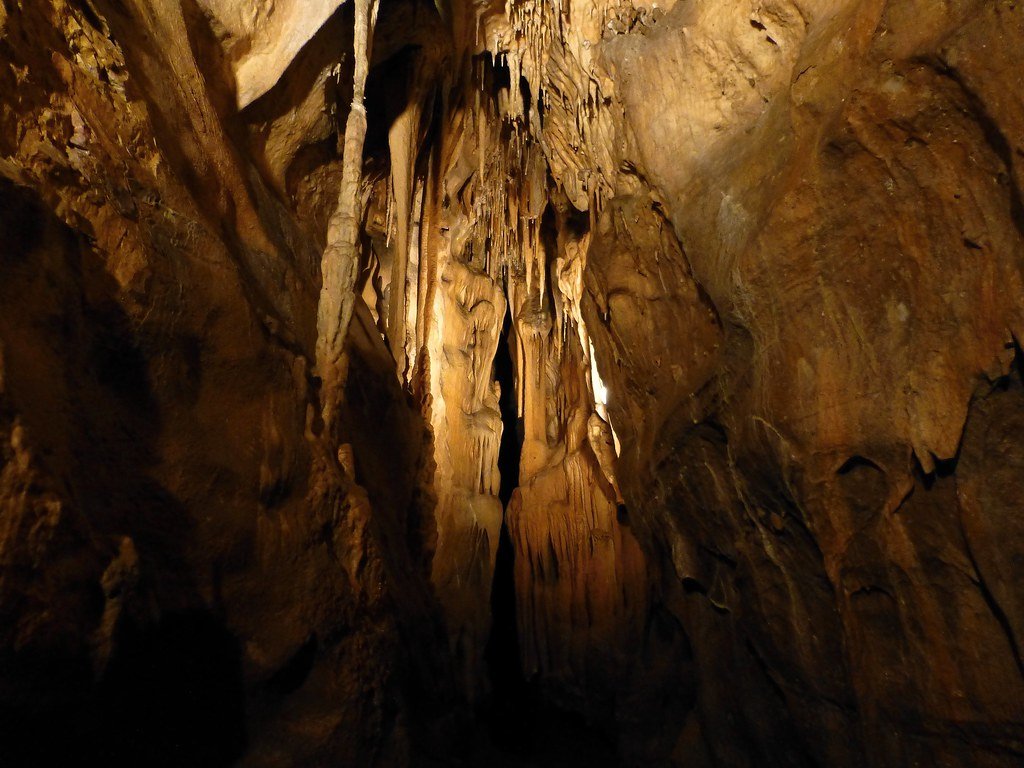
Studying cave archaeology presents unique challenges that researchers at Wookey Hole have had to overcome. The darkness, humidity, and confined spaces make documentation difficult, while the need to preserve the cave environment limits the types of research techniques that can be used. Modern archaeologists have employed sophisticated photography, 3D scanning, and careful hand-tracing to document the symbols without damaging them.
The cave’s environment has actually helped preserve the symbols remarkably well. The constant temperature and humidity mean that the limestone hasn’t weathered as it would on the surface, keeping even delicate details sharp after centuries. However, this same environment makes it difficult to use certain dating techniques that rely on exposure to natural elements.
Researchers have also had to consider the impact of modern tourism on the cave. While public access has been limited to protect the archaeological remains, decades of visitors have still affected the cave environment, and some symbols may have been damaged or obscured by modern activity.
The Role of Fear in Medieval Spirituality
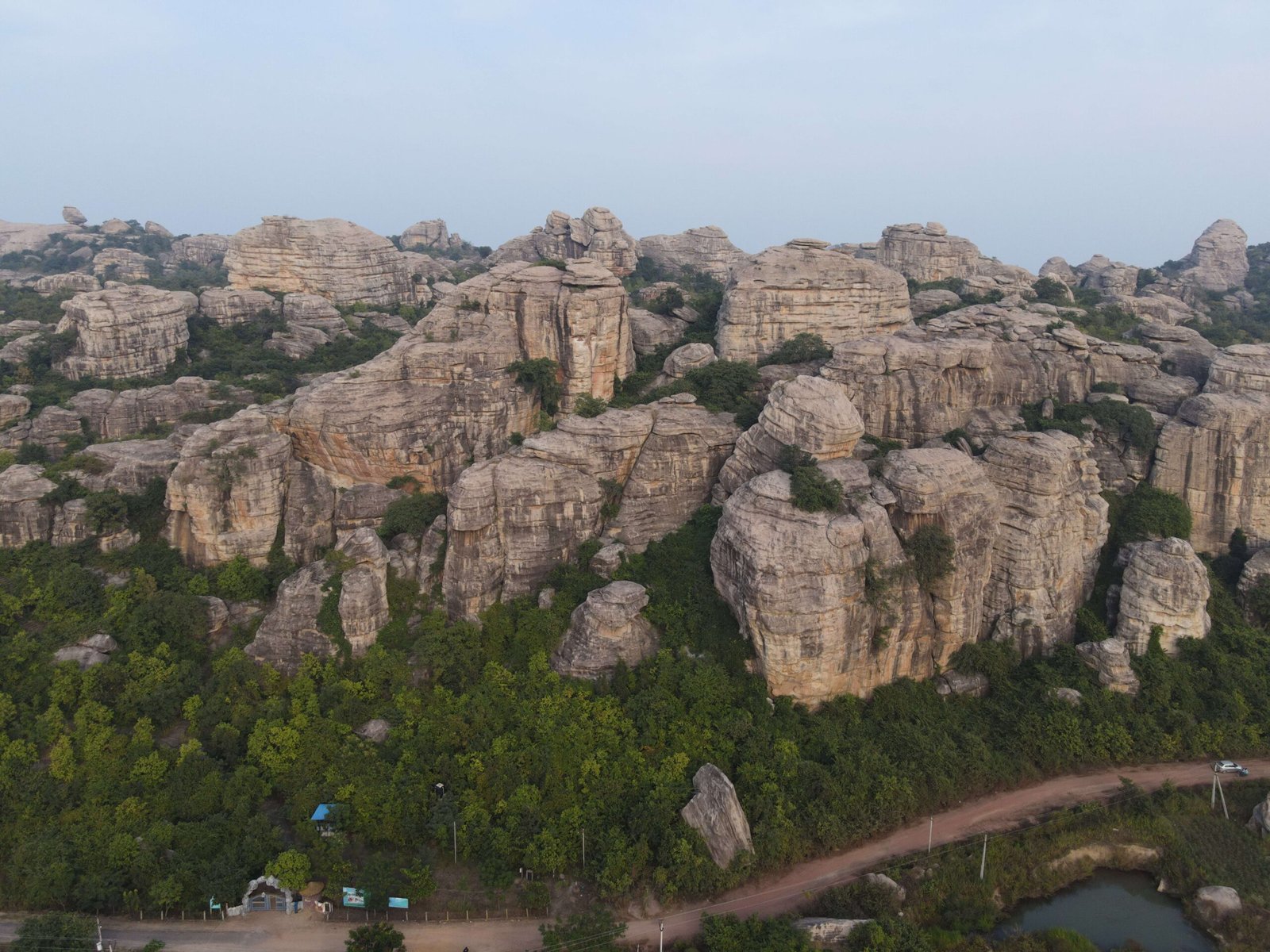
The symbols at Wookey Hole Cave reflect the central role that fear played in medieval spiritual life. Medieval Christianity was deeply concerned with the constant threat of demonic influence, and believers were taught to be always vigilant against spiritual attack. Caves, with their darkness and mysterious depths, embodied many of the fears that dominated medieval religious thought.
The act of carving protective symbols wasn’t just about warding off evil – it was also about taking control in a frightening situation. By creating these marks, medieval people were asserting their spiritual agency and refusing to be passive victims of supernatural forces. The symbols represent a form of spiritual self-defense that was both practical and psychologically empowering.
What’s particularly interesting is how these symbols blend Christian and pre-Christian traditions. While many incorporate clearly Christian elements like crosses, others seem to draw on much older traditions of protective magic. This suggests that medieval people were pragmatic about spiritual protection, drawing on whatever traditions seemed most effective.
Comparing Wookey Hole to Other Cave Sites

While Wookey Hole Cave contains one of the most extensive collections of medieval protective symbols found in England, it’s not the only cave site with such markings. Similar symbols have been discovered in caves across Europe, from the limestone caverns of France to the coastal caves of Ireland. Each site adds to our understanding of how medieval people interacted with underground spaces.
What makes Wookey Hole unique is the sheer variety and number of symbols found in a relatively small area. While other caves might contain a few dozen marks, Wookey Hole has hundreds, suggesting it was either used more intensively or over a longer period than other sites. The quality and complexity of some symbols also suggests that skilled craftsmen were involved in creating them, not just ordinary people making crude protective marks.
Comparisons with other sites also reveal interesting regional variations in symbol types and placement. While basic crosses and pentagrams appear across multiple sites, some of the more complex geometric patterns at Wookey Hole appear to be unique to this location, suggesting local traditions influenced the types of protective symbols used.
The Science of Symbol Preservation

The exceptional preservation of symbols at Wookey Hole Cave provides researchers with an invaluable opportunity to study medieval protective practices in detail. The cave’s stable environment has prevented the weathering and erosion that would have destroyed similar symbols carved on exterior surfaces. This has allowed archaeologists to examine tool marks, carving techniques, and even the sequence in which different symbols were created.
Advanced photographic techniques have revealed details invisible to the naked eye, including evidence of symbols that have been partially obscured by mineral deposits or modern damage. Digital enhancement has also helped researchers identify symbols that might have been missed during initial surveys of the cave.
The preservation conditions also mean that future researchers will likely be able to continue studying these symbols for decades to come. Unlike outdoor archaeological sites that deteriorate over time, the cave environment should keep these marks visible and researchable for future generations, making Wookey Hole an invaluable long-term archaeological resource.
Social Context: Who Carved These Symbols?
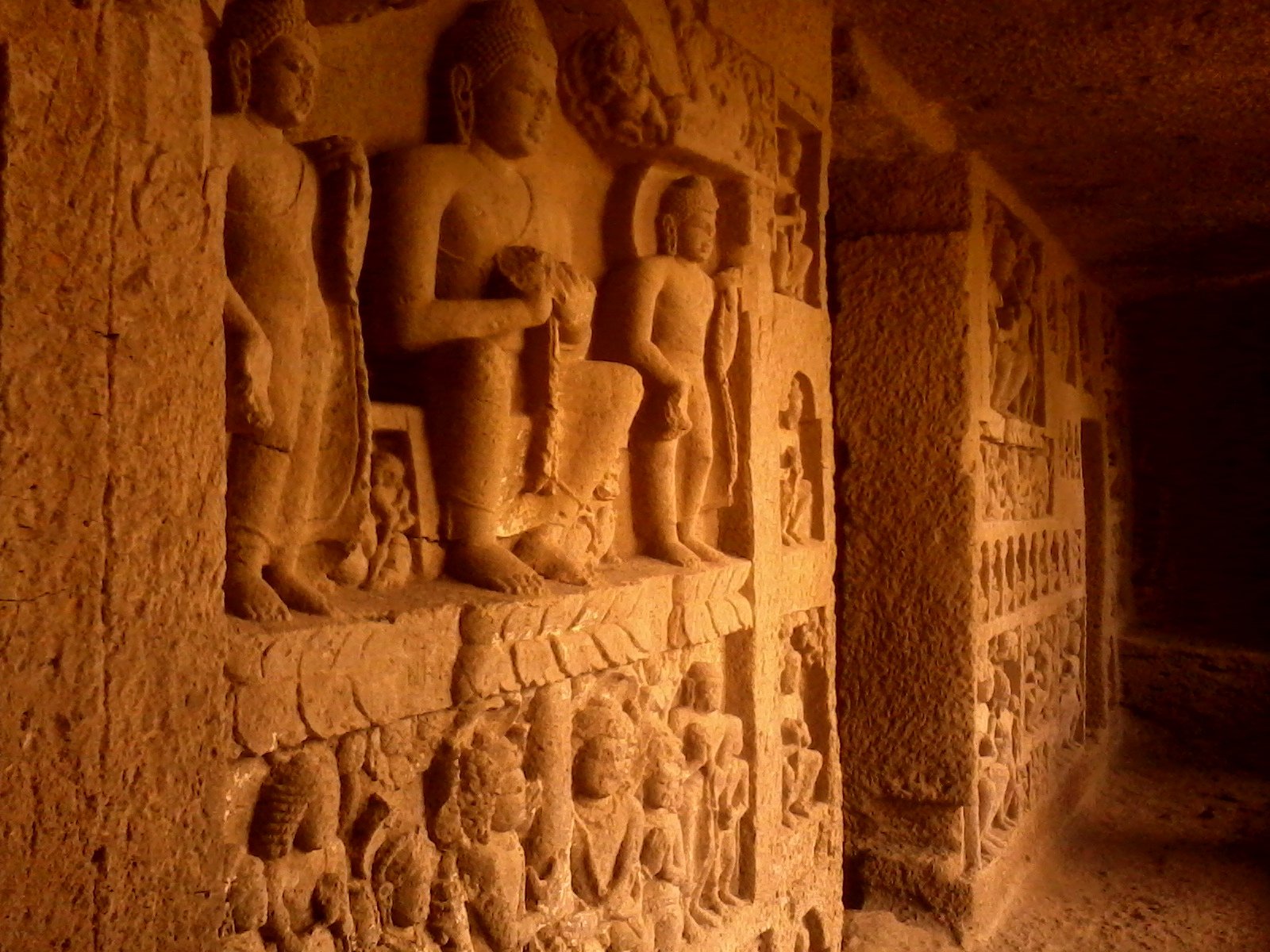
The question of who created the symbols at Wookey Hole Cave is complex and fascinating. The variety of carving techniques and symbol types suggests that multiple people, from different social backgrounds and time periods, contributed to the collection. Some symbols show the skilled workmanship that might indicate professional craftsmen or clergy, while others appear to be the work of ordinary people with limited carving experience.
Historical records suggest that the cave was used by local villagers for practical purposes throughout the medieval period. Farmers might have used it to store goods, travelers might have sheltered there during storms, and local people might have visited it for various reasons. Any of these visitors could have carved protective symbols, either as a precaution before entering or as a thank-offering after safely leaving.
The positioning of symbols also provides clues about their creators. Some are carved at convenient heights for average adults, while others are placed in locations that would require climbing or crawling to reach. This suggests that people of different ages and physical abilities were involved in creating the symbols, supporting the idea that the cave was used by a diverse cross-section of medieval society.
Religious Authorities and Folk Practices

The relationship between official church doctrine and folk spiritual practices in medieval England was complex and often contradictory. While the church officially discouraged many forms of magic and folk belief, it also recognized the practical need for protective practices in a world where supernatural threats were considered very real. The symbols at Wookey Hole Cave reflect this tension between official and popular religion.
Many of the symbols incorporate clearly Christian elements, suggesting that their creators saw no conflict between their faith and the use of protective magic. The frequent appearance of crosses alongside pentagrams and other symbols indicates that medieval people were comfortable blending different spiritual traditions when it came to protecting themselves from harm.
Some researchers have speculated that local clergy might have been involved in creating or blessing some of the symbols. The sophistication of certain carvings and their placement in particularly significant locations within the cave suggests that people with religious authority and expertise might have contributed to the collection of protective marks.
The Legacy of Medieval Protective Practices

The tradition of carving protective symbols didn’t end with the medieval period. Evidence from Wookey Hole Cave suggests that people continued to create these marks well into the early modern period, and similar practices persist in some form even today. This continuity suggests that the underlying human need for spiritual protection transcends specific religious traditions or historical periods.
Modern visitors to the cave sometimes report feeling an unusual atmosphere or sense of spiritual presence, echoing the medieval belief that this was a place where the boundary between the physical and spiritual worlds was particularly thin. While we might interpret these feelings differently than medieval people did, the basic human response to mysterious underground spaces remains remarkably consistent.
The study of these symbols also provides insights into how popular religious practices evolved over time. The gradual changes in symbol types and carving techniques visible at Wookey Hole Cave help researchers understand how folk traditions adapted to changing social and religious conditions while maintaining their essential protective function.
Modern Archaeological Significance

The discovery and study of the Wookey Hole Cave symbols has significant implications for our understanding of medieval English society. These carvings provide direct evidence of popular religious practices that are rarely documented in official historical sources. While chronicles and church records tell us about the beliefs and practices of the educated elite, the cave symbols give us insight into how ordinary people actually lived their spiritual lives.
The symbols also demonstrate the importance of archaeological evidence in understanding the past. Written records from the medieval period are often biased toward the perspectives of the wealthy and powerful, but archaeological evidence like the cave carvings provides a more democratic view of historical experience. These symbols were created by people from all walks of life, giving us a rare glimpse into the spiritual world of medieval England’s common people.
The ongoing study of these symbols continues to yield new insights into medieval society. As archaeological techniques become more sophisticated and our understanding of medieval symbolism deepens, researchers continue to discover new meanings and connections in the Wookey Hole Cave carvings.
Conservation Challenges and Future Research
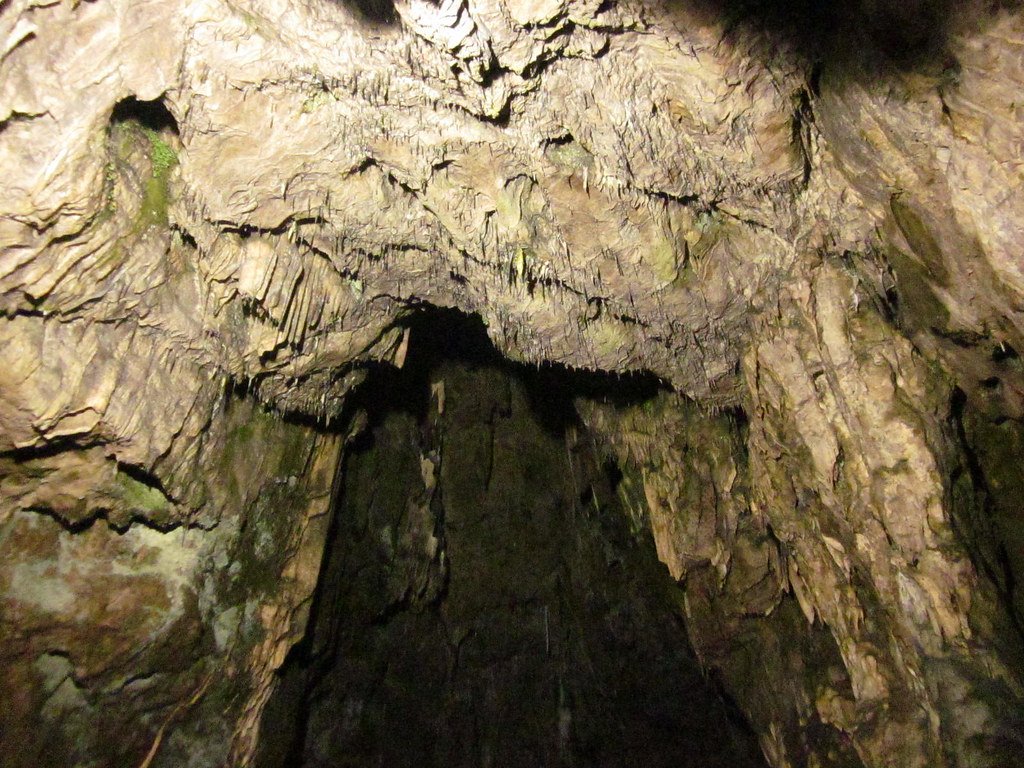
Preserving the symbols at Wookey Hole Cave for future generations presents ongoing challenges for archaeologists and conservators. While the cave environment naturally protects the carvings from weather and temperature fluctuations, human activity continues to pose threats. Tourism, research activities, and even the lighting systems used to illuminate the cave can potentially damage these ancient marks.
Current conservation efforts focus on limiting access to the most sensitive areas of the cave while still allowing researchers to study the symbols. Advanced documentation techniques are being used to create detailed records of each symbol, ensuring that even if physical damage occurs, the archaeological information will be preserved for future study.
Future research plans include more detailed analysis of the symbols’ relationship to the cave’s natural features, investigation of possible astronomical alignments in symbol placement, and comparison with newly discovered symbol sites across Europe. As our understanding of medieval spiritual practices continues to evolve, the symbols at Wookey Hole Cave will undoubtedly continue to provide valuable insights into the beliefs and fears of our ancestors.
The Broader Implications for Understanding Medieval England

The symbols at Wookey Hole Cave represent more than just interesting archaeological artifacts – they’re windows into the medieval mind and evidence of a sophisticated system of spiritual protection that operated alongside, and sometimes in tension with, official religious doctrine. These carvings challenge simplistic narratives about medieval religious life and demonstrate the complexity of popular spiritual practices in medieval England.
The cave symbols also highlight the importance of place in medieval spirituality. These weren’t random decorations or casual graffiti – they were carefully placed protective measures designed to make a dangerous place safer for human use. This suggests that medieval people had a nuanced understanding of spiritual geography, recognizing that different locations posed different types of supernatural threats.
Perhaps most importantly, the symbols remind us that medieval people were active agents in their spiritual lives, not passive recipients of religious instruction. The decision to carve protective symbols required planning, effort, and courage – qualities that contradict stereotypes about medieval people as superstitious and helpless. These marks represent a form of spiritual self-reliance that deserves recognition and respect.
Conclusion: Ancient Wisdom in Stone

The “witch marks” of Wookey Hole Cave stand as testament to the enduring human need for spiritual protection and the lengths people will go to feel safe in an uncertain world. These ancient symbols, carved by anonymous hands in the depths of the earth, connect us directly to the fears, hopes, and beliefs of people who lived centuries ago. They remind us that the fundamental human experiences of fear, faith, and the search for protection transcend time and culture.
As we continue to study these remarkable carvings, we gain not just archaeological knowledge but insight into the universal human condition. The medieval people who created these symbols faced dangers we can barely imagine, yet their response – to take action, to create something protective and meaningful – reflects a resilience and spiritual creativity that remains inspiring today.
What drives humans to reach into darkness and carve hope into stone – and what might we learn about our own spiritual needs from these ancient acts of faith?



